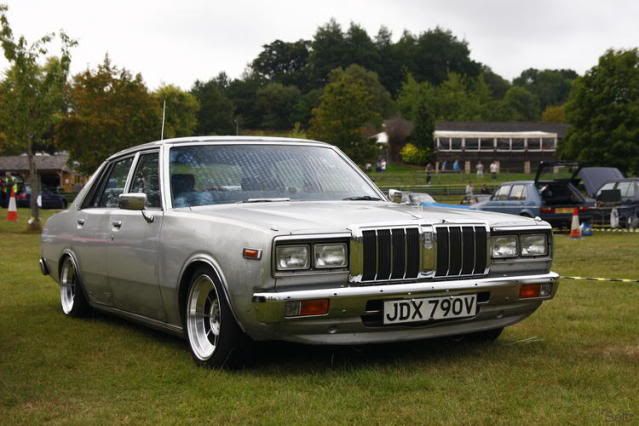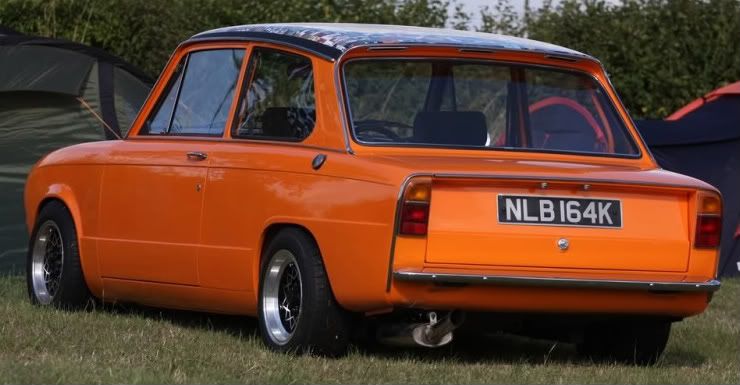|
|
|
May 29, 2012 18:25:45 GMT
|
|
|
| |
1994 Mazda 323f 1.6i 16v GLX
|
|
ChasR
RR Helper
motivation
Posts: 10,305
Club RR Member Number: 170
|
|
May 29, 2012 18:29:20 GMT
|
IIRC the smaller the offset you go to on a car the larger the likelihood there is of the car tramlining in addition to exerting more stress on the wheel bearings (don't quote me on that). Going for a larger offset wheel I do not know about besides the extra risk there is of catching stuff internally (struts, brake hoses, inner wings but nothing a bit of homework or trial fitment cannot sort out).  |
| |
Last Edit: May 29, 2012 18:30:14 GMT by ChasR
|
|
|
|
|
May 29, 2012 18:48:29 GMT
|
|
is it safe? possibly.
depens on lots of things, most importantly, the mileage you cover and how good you are at maintaining your car. because it will kill wheel bearings.
handling will be pretty poor. heavy steering and you'll get quite bad kick back when you hits small bumps in the road. this is due to the extra leverage that you will now have.
so. all in, not want you really want for a daily driver.
but for a *show* car. maybe it's worth it to you......?
|
| |
|
|
|
|
|
May 29, 2012 19:39:39 GMT
|
|
It will place extra wear on your wheel bearings.
There will be a number of impacts, which I'm not the best person to explain.
The biggest problem that I would reckon would be the change in the scrub radius.
I'd recommend doing some reading, something like the Des Hammill's 'The Sports Car & Kit Car Suspension & Brakes book.
Beware though, the more you read, the more conservative you may become in your choice of wheels and lowering.....
|
| |
|
|
ChasR
RR Helper
motivation
Posts: 10,305
Club RR Member Number: 170
|
|
May 29, 2012 22:27:41 GMT
|
|
I found a similar thing with his book of 'Tuning ignition systems'! Getting what you've go working correctly goes a long way although going to electric systems etc. does indeed aid that on many a classic these days.
|
| |
|
|










